The demise of Nikon and Canon DSLRs is a good thing
Opinion: Laser focus will ultimately produce better cameras
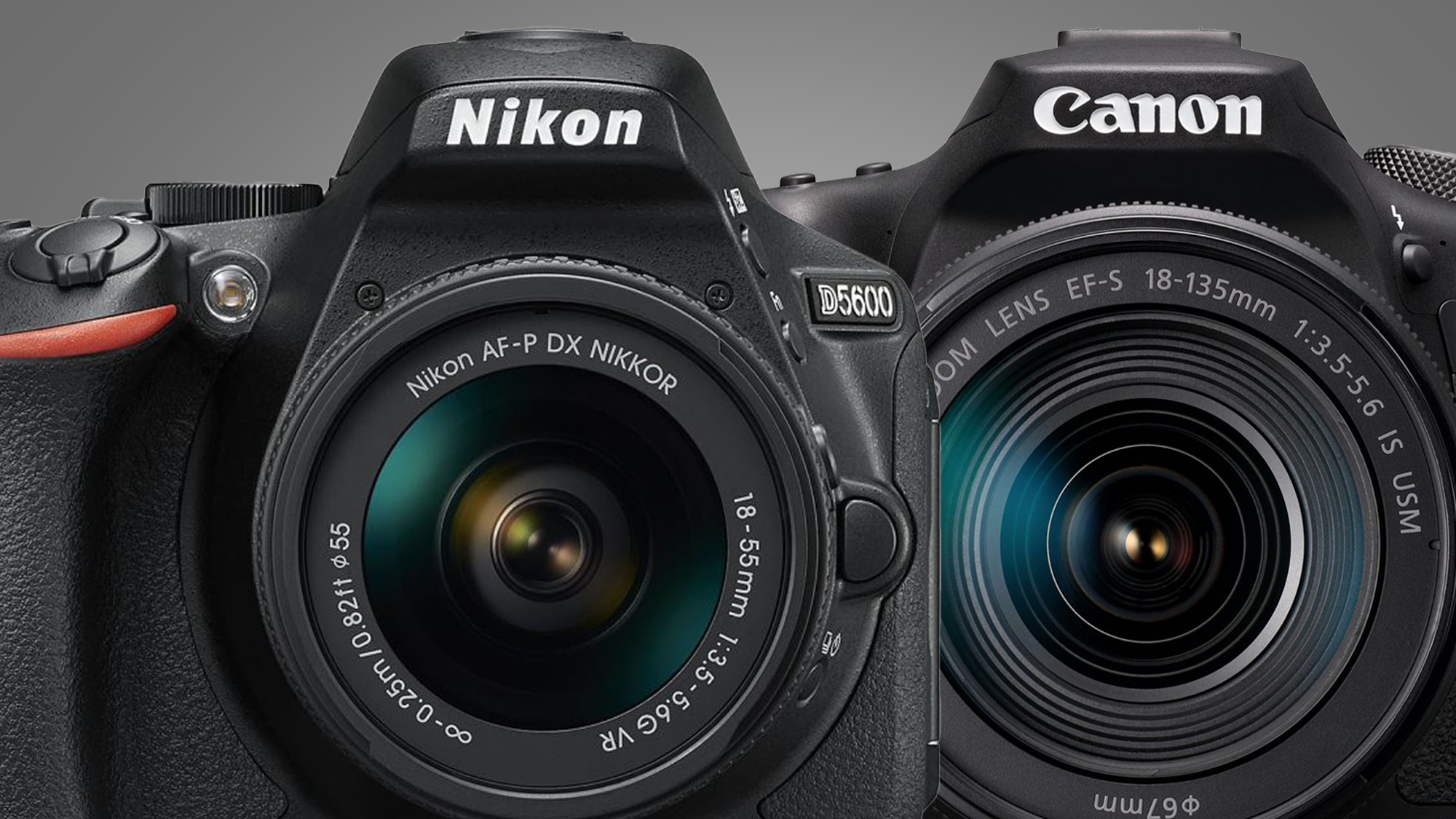
The DSLR has been pronounced dead more times than Rasputin – and this week the death knell rang once more thanks to a report from Japanese newspaper Nikkei, which claimed that Nikon is planning to "stop making" single-lens reflex models to "focus on mirrorless models". Canon, it said, was planning to do the same "within a few years".
This wasn't really surprising news, or perhaps news at all. Last month, Nikon announced that it was halting production on two of its best beginner DSLRs, the D3500 and D5600. Still, the idea that Nikon could soon stop producing its entire DSLR lineup was a new development – if not entirely true, according to Nikon.
In a statement, Nikon branded the article "speculation" and said it "has made no announcement in this regard". Somewhat vaguely, it added that "Nikon is continuing the production, sales and service of digital SLR" cameras, without mentioning any particular models or anything about development.
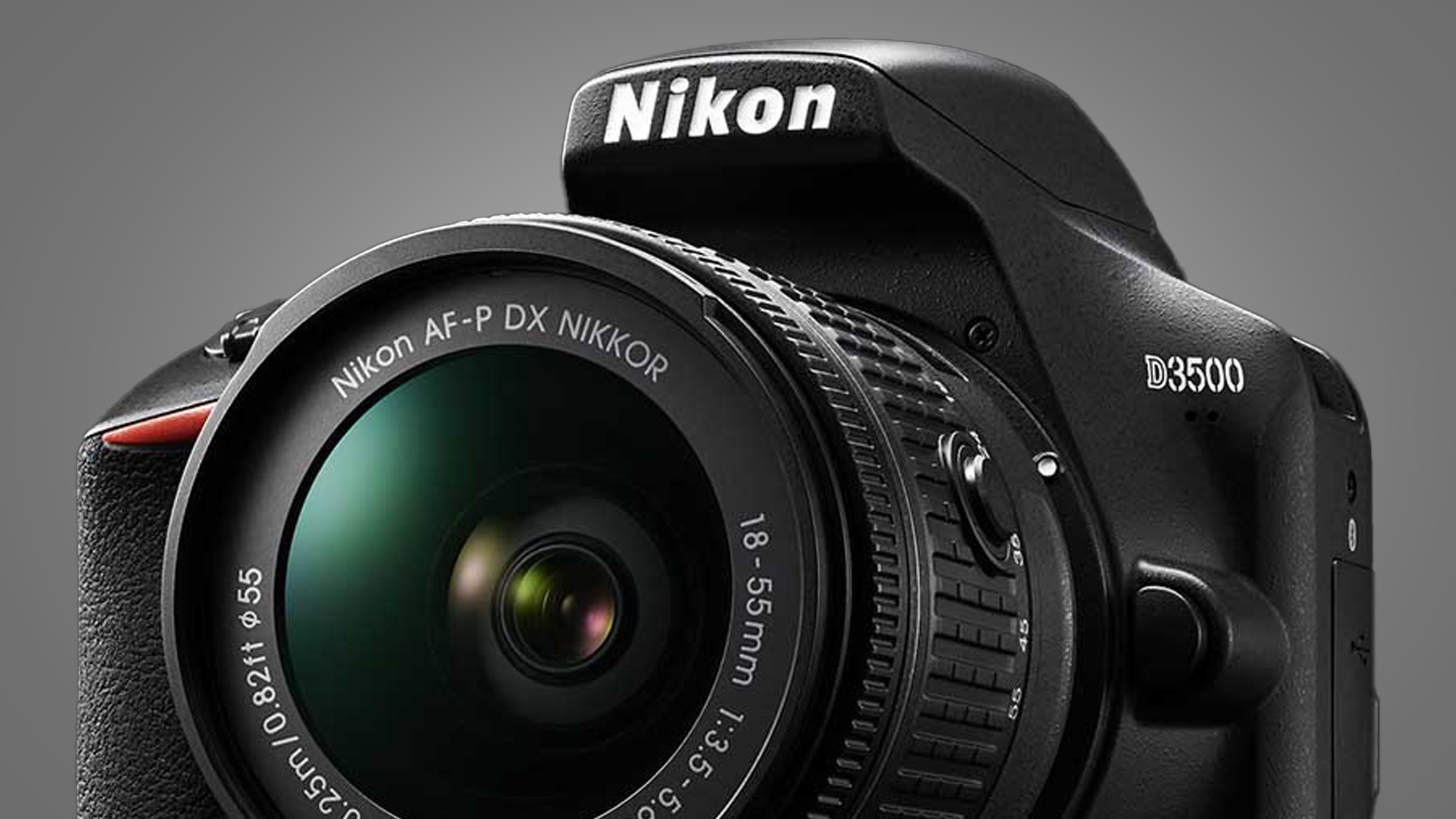
But we don't need to wait for a statement from Nikon or Canon to know that DSLRs are now a legacy format.
Nikon's last new DSLR, the Nikon D780, was announced in January 2020. Fittingly, it's the same for Canon, whose Canon EOS 1DX Mark III arrived in the same month, and was later confirmed to be the camera giant's last flagship DSLR.
The shift to mirrorless-only production, accelerated by the effects of the pandemic, started back then. And while that's sad for fans of the DSLR format, I think it's ultimately a good thing.
Sacrificial cams
How can having less choice be good for camera buyers? In an ideal world, Nikon and Canon could keep updating classic DSLRs like the Nikon D750 and Canon EOS 5D Mark IV for photographers who prefer optical viewfinders, the latter being the key difference between DSLRs and mirrorless cameras.
Get daily insight, inspiration and deals in your inbox
Sign up for breaking news, reviews, opinion, top tech deals, and more.
But today, camera makers are a long way from an ideal world. The closest they got to one was back in 2010, when global digital camera sales peaked at 120 million units. Over the next decade, that sales graph would plummet harder than Bitcoin on a skydiving trip, reflecting a 93% drop in worldwide shipments.
For Nikon and Canon, the only response to this situation is to take a scythe to their product ranges. Apple reached a similar tipping point in the late 90s, when Steve Jobs returned and immediately cut the company's sprawling product lineup by about 70%. Interestingly, one of those products was the Apple QuickTake, one of the world's first digital cameras.
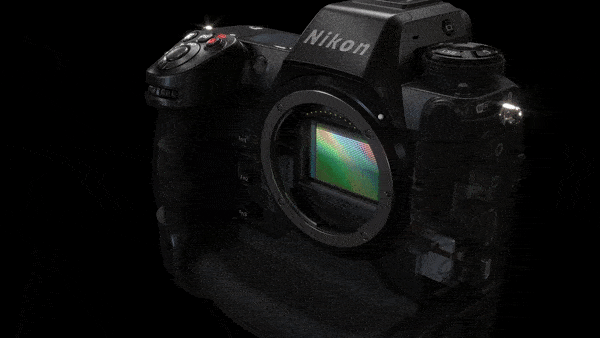
The slow demise of the DSLR, then, is ultimately a good thing for camera buyers. If anything, it needs to happen more quickly. The need to produce and support F-mount and EF-mount cameras and lenses still remains to be a huge brake on the development of Nikon and Canon's mirrorless cameras. But ending the development and production of DSLRs like the Nikon D3500 should certainly help speed up the development of mirrorless systems like the Z-series.
This is a necessary evil because mirrorless cameras and lenses are more complex than their DSLR predecessors. Both Nikon's Z-Mount and Canon's RF-mount have a larger diameter and a shorter flange distance (the space between the sensor and mount) than those found on DSLRs. While this means that lens designers can make better optics, the technical complexity also demands more resources.
This is partly why mirrorless lenses can cost anything from 10-50% more than DSLR lenses. And also why DSLRs, despite their slow-motion death, remain a good option for those on a budget, particularly when you buy second-hand.
Cult classics
Not everyone will agree that DSLRs have been left behind by camera evolution. The reason why these cameras are an emotive subject for photographers is because their USP – having an optical, rather than electronic, viewfinder – gives DSLRs a unique shooting experience.
The satisfying clunk of their mirror, the feel of a tool with moving parts – these things are often more engaging and rewarding than ruthless digital efficiency of mirrorless cameras. Not many people would argue that electric cars are objectively better than manual-gearbox classics, they're just different.
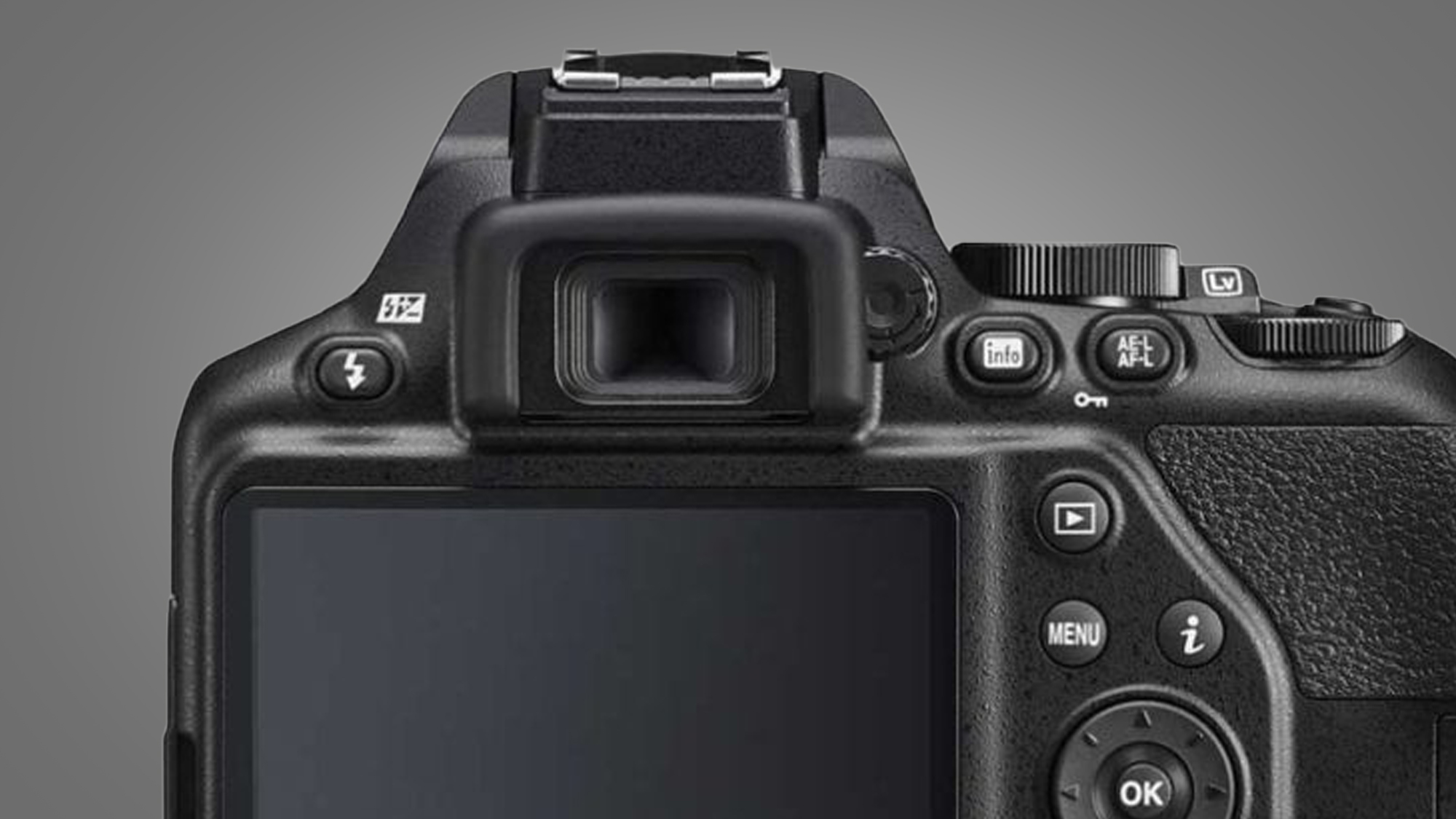
Mirrorless cameras do now have the technical edge in areas like autofocus and video. But DSLRs will always have a cult following, for the same reasons that film and instant cameras have – like turntables and vinyl – seen a small but significant resurgence in recent years.
Sadly, in today's perfect storm of incredible smartphone cameras, supply chain issues and a cost-of-living crisis, this isn't enough to justify keeping DSLRs and their lenses in development at the expense of mirrorless progress. The brilliant Nikon Z9 and Canon EOS R3 show what's possible when the camera giants go all-in on mirrorless – and we're now starting to see some of the benefits trickle down to more affordable cameras, like the Canon EOS R7.
Twilight years
This doesn't mean the growing minority of DSLR fans can't continue to enjoy their preferred format. There is now incredible value to be found in the used market – for example, you can find the Nikon D500 (original price: $2,000 / £1,729) for only $900 / £799 on eBay.
We're also still a few years from new DSLRs being completely phased out. According to the latest CIPA figures, there were around twice as many new mirrorless cameras shipped as DSLRs (1.3-million, compared to 747,000 DSLRs) in the first five months of this year. Even if those figures may have been affected by stock shortages of mirrorless models, that isn't a complete whitewash.
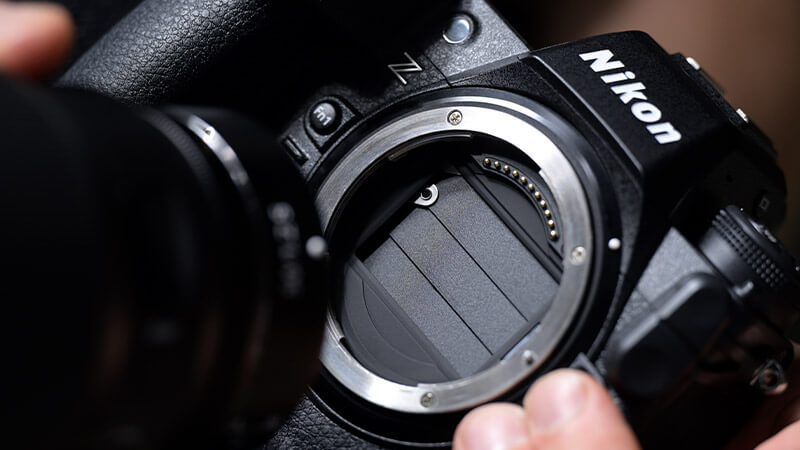
Still, there's little doubt that the gap will continue to grow, particularly with Nikon and Canon now fully focused on out-gunning each other in the mirrorless battle. And that needs to happen if the camera giants are going to continue making photographic tools that appeal to more than a super-niche of professionals.
The pace of this technological change might even make today's mirrorless cameras look old hat. As the Nikon Z9 shows, the next big trend is 'shutterless' cameras that don't even have a mechanical shutter and offer a completely electronic shooting experience. For traditionalists who like moving parts, DSLRs are suddenly sounding even more appealing again.

Mark is TechRadar's Senior news editor. Having worked in tech journalism for a ludicrous 17 years, Mark is now attempting to break the world record for the number of camera bags hoarded by one person. He was previously Cameras Editor at both TechRadar and Trusted Reviews, Acting editor on Stuff.tv, as well as Features editor and Reviews editor on Stuff magazine. As a freelancer, he's contributed to titles including The Sunday Times, FourFourTwo and Arena. And in a former life, he also won The Daily Telegraph's Young Sportswriter of the Year. But that was before he discovered the strange joys of getting up at 4am for a photo shoot in London's Square Mile.